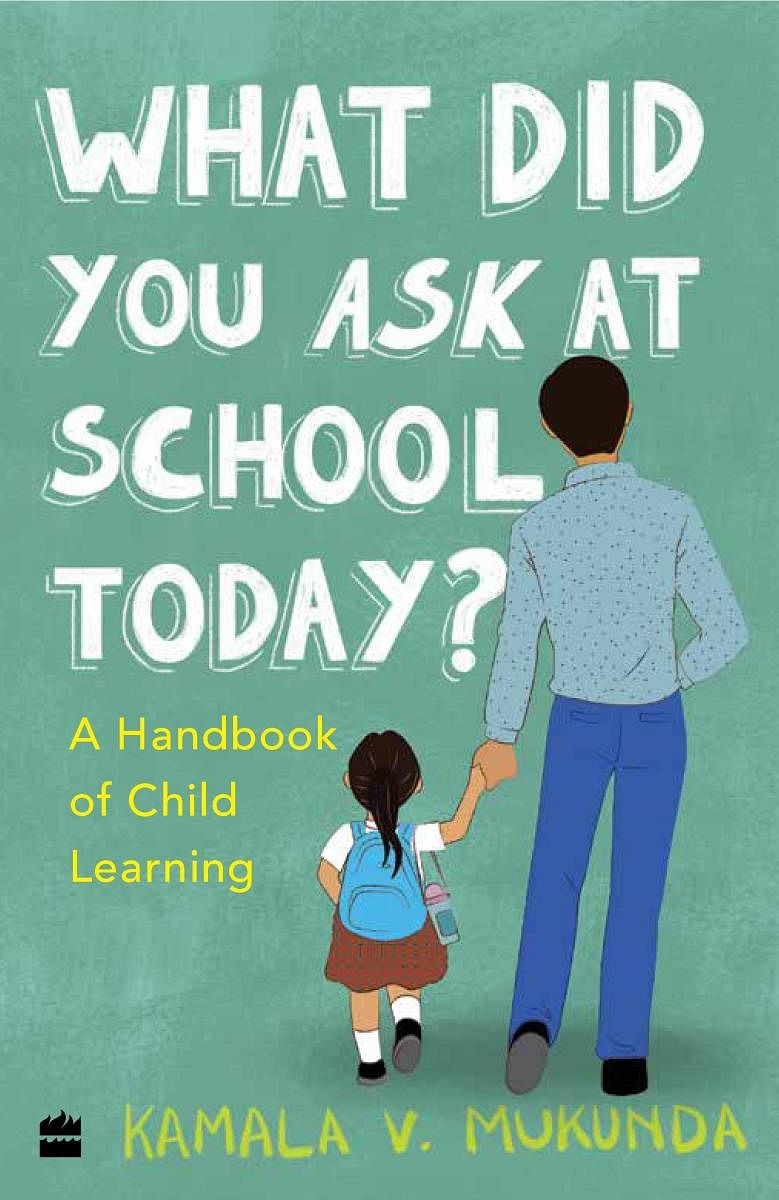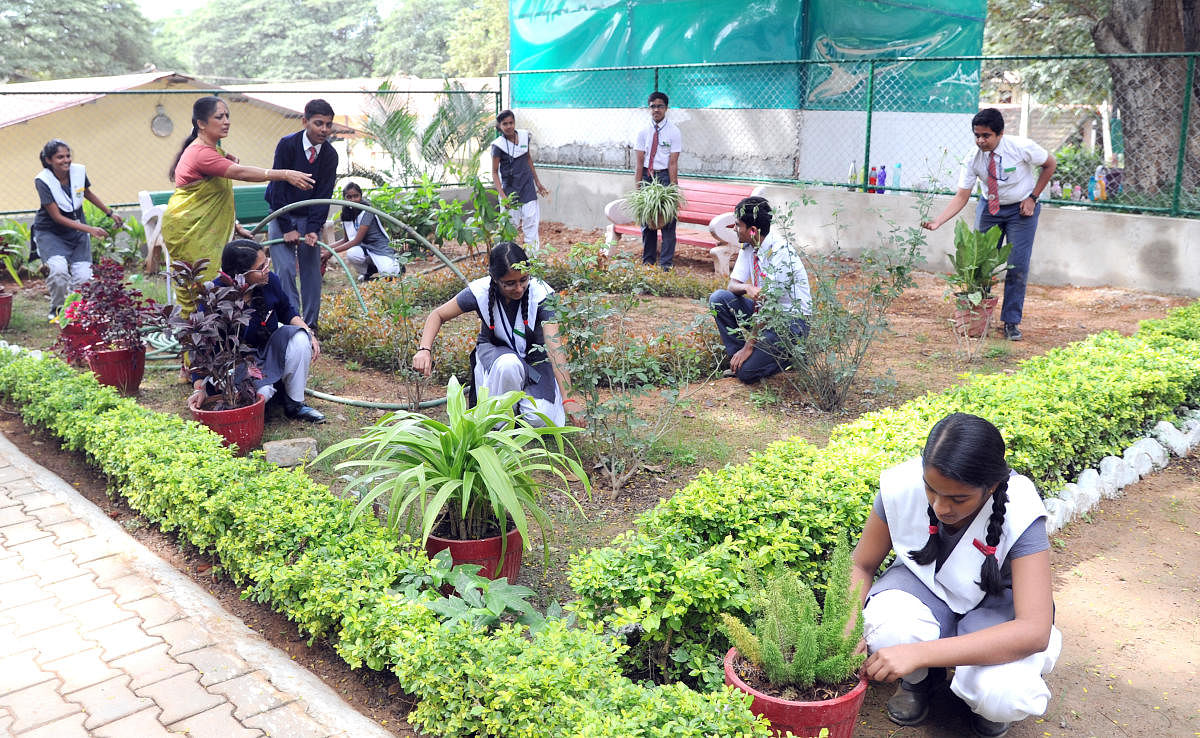

Are there critical windows of development for a child? Almost every preschool, educational programme or toy manufacturer talks about how the first six years of a child’s life are crucial for learning. The reality is that we don’t know enough how our brain works. The brain undergoes changes in plasticity, often throughout life. In our race to improve upon nature, there is a temptation to misinterpret a child’s developmental stages as limits to learning capacities.
This is precisely why I loved reading Kamala Mukunda’s new book, What Did You Ask At School Today? Kamala has a PhD in educational psychology and she teaches psychology and statistics at Centre for Learning, near Bengaluru. There was a reason why she wrote this book. “I have been in love with the subject of psychology ever since I started studying it,” she says.
“When I entered the world of teaching, I noticed that people were interested in the same questions of thinking, learning, emotion, and understanding but they didn’t have access to the world that I had enjoyed. Every time I tried to explain my take on it, it was difficult because, in psychology, things cannot be definitive. I also found that many teachers had studied psychology but they never got the links to education and nobody connected the dots for them.”
Clearing misconceptions
Published by Harper Collins, What Did You Ask At School Today? (Book 2) is a follow-up book to What did you ask at school today (Book 1) clears many misconceptions that parents and teachers have about childhood and learning. A classic example is our fascination with ‘learning styles,’ which many schools and even famous educationists continue to endorse to this very day. Howard Gardner’s Theory, of Multiple Intelligences has spawned a huge industry of schools, learning programmes and curricula. According to this theory there are specific learning styles and different types of learners. While a one-shoe-fits-all approach never works, there is limited evidence for any consistent set of learning styles.
In her book, Kamala writes, “Suppose a child is finding mathematics difficult but is a gifted football player. It is tempting to think that if only I could teach her math through football…she would get math! Obviously, there is a limit to how far we can go with this idea because at some point she has to be able to move away from football and learn to think mathematically, which is different from being good on the football field.”
Kamala explores different aspects of this famous neuromyth and takes us through interesting tests, such as Richard Riding’s Cognitive Style Analysis and its conflicting results. She ties this in beautifully to neuroscience, especially the famous left brain versus right brain debate. She observes how each hemisphere takes on components of activities instead of the whole, so a brain function is not limited to the left-right divide.
These discussions are engrossing and important to me as a parent. My daughter may struggle with math but to use this to classify her as a ‘right-brained child’ who is only more suited for specific pursuits will limit her learning path greatly. What if she could learn to like and use math if she discovers it consistently?
The book is packed with so many ideas, which parents and educators will find fascinating and important. The Stroop test, for instance, is an interesting way to find out children’s attention capacity as well as their cognitive processing speed. The book also explores gender disparity in STEM enrollments in Indian colleges. It is intriguing to read that spatial reasoning could be an important contributor to this difference!
Technology in education
One chapter in this book talks about digital classrooms. It begins with a funny story about how Kamala’s 13-year-old student reached for his calculator to find out what 17% of 100 was, and then smacked his head when he read the display as 17.
Technology in education is a polarising topic. Ed-tech enthusiasts believe that technology will revolutionise education. Most parents mistrust it and want to eliminate technology from classrooms altogether. The answers may lie somewhere in the middle. For example, those who write down notes record, recall and understand lecture materials better than those who type notes. On the other hand, saving and later editing your own notes means using innovative software that allows you to ‘work on’ your own notes or even doodle.
Distraction, however, is still a problem, and the book emphasises that “especially in primary school, sources of knowledge and information should be rooted in observing and interacting with other people, physical objects and the natural world.”
At the same time, games are a great motivator and computers can teach and engage children through playing games, and this strand can be explored through a good game that can connect the dots.
Today’s generation of students learn in non-sequential, non-linear ways. Kamala writes that close reading and hyper reading both have their advantages. In fact, hyper reading and its ability to identify relevant information may not be a substitute for close reading but is a legitimate skill in its own right.
The book also talks about learning difficulties and Attention-Deficit Hyperactivity Disorder (ADHD), and how these neuro diversities originate in the brain. It is disconcerting that the demands of school are not completely in sync with a child’s developmental path.
Parents will love mining this book for information on their children and their remarkable brains. The book encourages teachers to separate the signal from the noise when it comes to learning. “The next time you hear someone make a definitive statement about the learning child, maybe you will inject a note of caution, a question that has genuine value,” says Kamala.